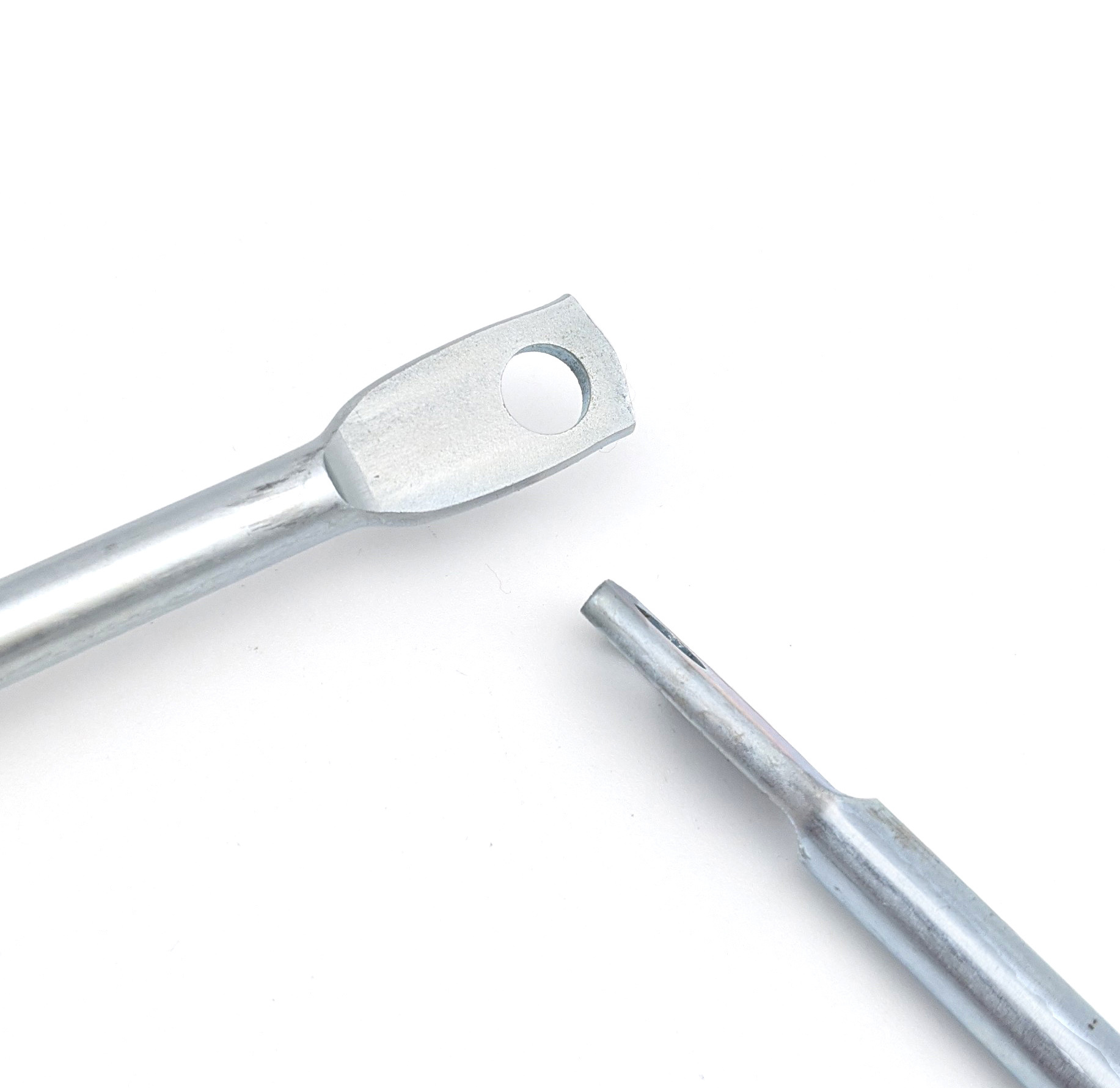Disk springs, often overlooked in the realm of mechanical engineering, are remarkable components that play a crucial role in a wide variety of applications. These deceptively simple, flat, and often stacked components are designed to store and release mechanical energy, acting as compact and reliable force generators. In this article, we'll delve into the world of disk springs, exploring their unique characteristics, applications, and the reasons why they are often the preferred choice for engineers seeking robust and efficient solutions.

The Power of a Flat Spring
Disk springs, also known as Belleville washers or conical springs, are unlike your typical helical spring. Instead of a coil, they are formed from a single piece of spring steel, precisely shaped into a conical or dished form. This design allows them to generate high forces in a relatively small package, making them ideal for situations where space is limited. What truly sets disk springs apart is their ability to absorb and release energy, providing a highly reliable and predictable force.
Understanding the Mechanics of Disk Spring Action
The functionality of a disk spring hinges on its unique geometry. When compressed, the spring's outer diameter expands, while the inner diameter shrinks. This deformation stores mechanical energy, which is then released as the spring returns to its original shape. The force generated by a disk spring is directly proportional to its deflection, allowing for precise control over its application. Furthermore, the spring's characteristics, such as its stiffness and force output, can be fine-tuned by adjusting parameters like the material, thickness, and diameter of the spring.
Key Advantages of Disk Springs
Disk springs offer a number of advantages that make them highly sought after in various industries:
- High Force Capacity: Despite their compact size, disk springs can generate significant forces, making them suitable for heavy-duty applications.
- Compact Design: Disk springs are incredibly space-efficient, allowing engineers to incorporate them into tight spaces where traditional helical springs might not fit.
- Reliability and Durability: Made from high-quality spring steel, disk springs are exceptionally robust and resistant to fatigue, ensuring long-lasting performance.
- Precise Force Control: The spring's geometry allows for precise control over the force it generates, making it ideal for applications requiring accuracy.
- Versatile Stacking: Multiple disk springs can be stacked to create customized spring rates and force profiles, offering flexibility in design.
Applications Across Industries
Disk springs find applications in a wide range of industries, playing vital roles in everything from automotive components to medical devices. Some common examples include:
- Automotive: Disk springs are often used in clutches, brakes, valve springs, and suspension systems, ensuring smooth and reliable operation.
- Aerospace: Their lightweight and high-strength properties make them ideal for aircraft landing gear, control systems, and actuators.
- Heavy Equipment: Disk springs are employed in excavators, cranes, and bulldozers for lifting, clamping, and other heavy-duty operations.
- Medical Devices: Their precise force control and biocompatibility make them suitable for medical instruments, surgical tools, and implants.
- Electronics: Disk springs can be found in switches, connectors, and other electrical components, providing reliable contact and pressure.
Choosing the Right Disk Spring for the Job
Selecting the appropriate disk spring for a specific application requires careful consideration of several factors, including:
- Force Requirements: The desired force output, both static and dynamic, must be carefully considered.
- Space Constraints: The available space for the spring and its stacking configuration is crucial.
- Deflection Range: The desired deflection and spring rate need to be determined for optimal performance.
- Material Choice: The material of the spring should be chosen based on factors like temperature resistance, corrosion resistance, and fatigue life.
- Operating Environment: The working environment, including temperature, humidity, and potential contaminants, should be considered.
Conclusion: The Unsung Heroes of Mechanical Design
Disk springs, despite their seemingly simple design, are a testament to the ingenuity of engineering. They offer a remarkable combination of strength, compactness, and precise force control, making them indispensable components in a wide variety of applications. Whether it's ensuring the smooth operation of a car's brake system or enabling the precision of a medical device, disk springs play a crucial role in enhancing the performance and reliability of mechanical systems. So the next time you encounter a disk spring, remember that this unassuming component is often the unsung hero behind the scenes, quietly powering our world.
The versatility and reliability of disk springs make them a valuable tool for engineers seeking innovative solutions to mechanical challenges. Their ability to generate high forces in compact spaces, coupled with their predictable performance and durability, makes them a compelling choice across various industries. As technology continues to advance, disk springs are likely to play an even greater role in shaping the future of mechanical design, quietly ensuring the smooth and efficient operation of countless machines and devices.


